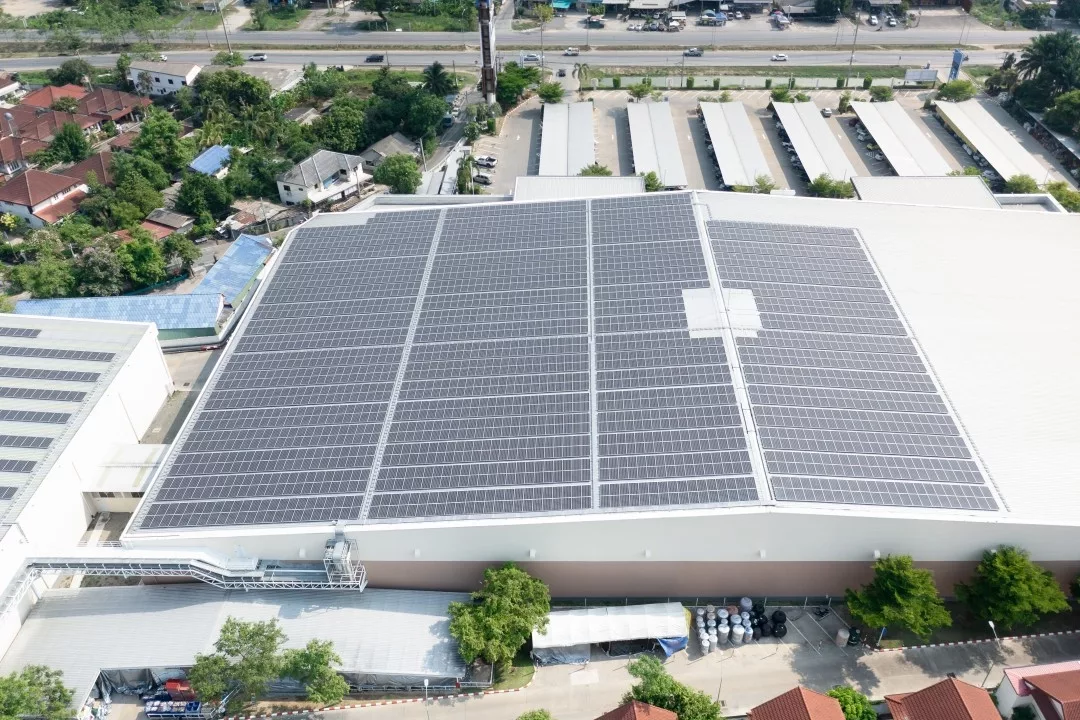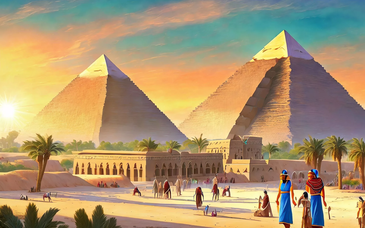Storms can wreak havoc on your property, in particular on the roof, which is your first line of defense in opposition to the factors. Knowing how to spot signs and symptoms of roof harm after a hurricane is important in preventing further problems and high-priced repairs. In this comprehensive guide, we can cover the steps you need to take to inspect your roof, the kinds of damage to search for, and when to call a professional.
Ancient History of Roofing
The concept of roofing dates back thousands of years. Ancient civilizations together with the Egyptians, Greeks, and Romans advanced roofing strategies that laid the muse for modern practices. The Egyptians used dust and straw to create flat roofs, that are some of the earliest acknowledged roofing structures. The Greeks introduced the use of terracotta tiles, even as the Romans perfected the arch and dome systems, which prompted roof designs for centuries.
These historic techniques spotlight the importance of durable and climate-resistant roofing, concepts which are still relevant nowadays, particularly whilst assessing typhoon damage.
Steps to Inspect Your Roof After a Storm
- Safety First: Before inspecting your roof, ensure that the typhoon has completely exceeded and that it is secure to head out of doors. Wear appropriate safety gear, along with gloves and non-slip footwear. If the roof is simply too steep or the harm seems severe, it’s first-rate to call a expert.
- Ground Inspection: Start by means of examining your roof from the floor. Look for visible signs and symptoms of harm together with lacking shingles, broken tiles, or debris on the roof. Use binoculars if necessary to get a closer look without mountaineering.
- Check the Attic: Inspect your attic for any signs and symptoms of water infiltration. Look for wet spots, mould, or insulation that appears damp. These may be indicators of roof leaks that want instant interest.
- Exterior Inspection: If you may effectively get admission to your roof, conduct a more thorough inspection.
Check for:- Missing or Damaged Shingles: High winds can rip shingles off your roof or reason them to crack. Missing shingles reveal the underlayment to moisture, leading to leaks.
- Granule Loss: Asphalt shingles lose granules over the years, however full-size granule loss after a hurricane can suggest damage. Check your gutters for collected granules.
- Flashing Damage: Inspect the flashing around chimneys, vents, and skylights. Damaged flashing can result in leaks and need to be repaired promptly.
- Gutters and Downspouts: Ensure that your gutters and downspouts are intact and freed from debris. Blockages can motive water to returned up and damage your roof.
- Flat Roofs: For houses with flat roofs, search for standing water, which could indicate negative drainage. Check for cracks or blisters inside the roofing cloth. Knowing the flat roof replacement cost is essential if massive damage is located, as flat roofs have one of a kind restore necessities compared to pitched roofs.
- Interior Inspection: Don’t forget about to inspect your ceilings and partitions for water stains or peeling paint. These are signs of a leak that may originate from roof damage.
Types of Storm Damage
- Wind Damage: Strong winds can carry and cast off shingles, tiles, or metallic panels, leaving your roof susceptible to water infiltration.
- Hail Damage: Hail can reason dents in metal roofs, cracks in tiles, and bruises on asphalt shingles. Even small hailstones can reason tremendous damage over the years.
- Water Damage: Heavy rain can expose weaknesses to your roof, leading to leaks. Water damage might not be right away visible but can cause long-term structural issues.
When to Call a Professional
If you notice any signs of harm, it is important to touch a roofing expert straight away. A expert roofer can offer a thorough inspection and recommend the necessary upkeep. For issues associated with skylights, it’s beneficial to touch a skylight contractor who focuses on those installations to make sure that any leaks or damages across the skylight are properly addressed.
Preventive Measures and Maintenance
- Regular Inspections: Schedule ordinary roof inspections, especially after excessive weather events. Early detection of damage can save you from costly upkeep.
- Maintenance: Keep your gutters easy, trim overhanging branches, and eliminate debris out of your roof to prevent harm.
- Upgrades: Consider upgrading to effect-resistant shingles or putting in extra flashing for better safety towards storms.
Spotting signs of roof harm after a hurricane is a essential ability for owners. By conducting regular inspections and expertise what to search for, you could save you minor problems from turning into principal problems. Remember that professional assistance is continually available, mainly while handling complex roofing structures or specific installations like skylights. Knowing phrases like flat roof alternative cost and operating with a certified skylight contractor can ensure that your home stays secure and stable, regardless of the weather.
Your roof is a massive investment, and shielding it with right care and maintenance will make sure it serves you nicely for future years.







